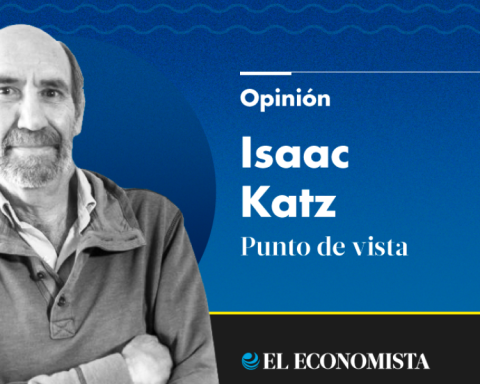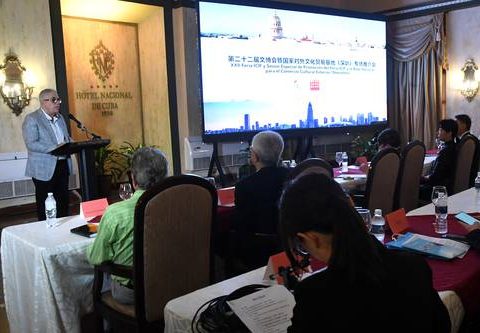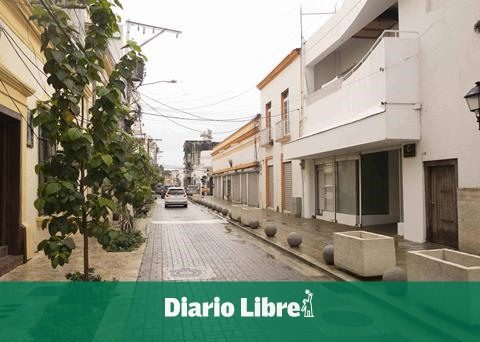Among the decisions made is that the electoral trainers and assistants who served in the last federal election, or a part of them, will be rehired, since now there will be about 30,000 fewer.
In addition, unprecedented aspects were decided, such as guidelines for the officials of the board of directors of polling stations with disabilities; contingency measures to guarantee the operation of the integration activities of the board of directors of sectional polling stations, as the polling stations will now be called since only one will be installed per electoral section, that is, between 73,000 and 81,000.
It was also agreed to maintain the sections with a change to the proposed visit route that was approved in the 2023-2024 electoral process and which consists of modifications to the path that the trainers take when visiting the sections.
The last election, at least in the first training stage, 30.45% of the changes were due to the high population dispersion with irregular nomenclature; In 20.30% it was because they were areas of high public insecurity or presence of armed people and in 18.31% of the cases because they were areas with a high level of migration.
These are authorized route changes due to geographical, social or infrastructure problems on the way to visit citizens, and to guarantee impartiality in the trainers’ routes.
Regarding the use of the references used in the last election on the Special Attention Sections (SED), it is a classification that is made with information from the INE District Councils so that the trainers who visit the field make provisions for both their tasks, such as to obtain the number of citizens necessary to guarantee that on the day of Election Day they come to install the polling stations.
The classification of electoral sections is not a “map of red lights”, as the INE has always and insistently clarified, however it consists of a map that does indicate 20 problems that the organization identifies with field work and throughout the national territory. so it is an accurate indicator of the national territory.
Phenomena such as areas of “high public insecurity” are therefore included, although this is not the main problem for the organization and conduct of the elections, but rather high migration – due to the high number of abandoned houses – the high floating population, because it does not live in that territory or else, apathy.
Thus, in the last elections 11, 191 electoral sections, that is, 18.8% of the total, 70,753, were identified as “sections in areas of high public insecurity due to gang activity, vandalism, commission of various crimes, alleged illicit activities, presence of armed people , etc”.
And despite the situation in the country, the number of sections classified in this way was a little less, reaching 12,373, or 19.69% of the sections with this problem, which were detected in the 2018 elections, according to data from the INE ELEC2024 Multisystem, with a cut-off date of April, which considers original SED and proposals added during the training.
Now the biggest problem in terms of electoral organization detected in the sections of the country was the existence of sections in areas with a high rate of migration (large number of drawn citizens not located, changes of address, uninhabited homes, among others). others), and that there are 22,963 SED, 38.76%.
Next in number are the SEDs with a floating population, 8,581, that is, 14.48%, since it is the drawn citizenship that has its domicile in the section, but only lives there in certain seasons.
Meanwhile, 3,168 sections (5.35%) are located in tourist corridors where the citizens drawn are not at home during business hours, either due to their activities or due to the change in land use (central areas in cities and evictions on federal property).
Another 3,063 sections (5.17%) are in residential areas, with restricted access or with a security system that makes it difficult to contact the citizens drawn.
Meanwhile, 2,378 sections (4.01%) are in areas with selected citizens who do not know how to read or write.
Sections with public health problems due to alcoholism, drug addiction, prostitution, endemic diseases and those associated with poverty have been located 1,737, or 2.93%
And sections with less than 100 citizens found in the field, even when more citizens are registered in the nominal list are 858 (1.45%)
Sections have also been identified in areas with political conflicts, and for that reason citizens refuse to participate with governmental or other organizations or institutions, numbering 811, or 1.37% of the total sections in the country.
With a percentage less than one point, there are other sections with nine different problems that can hinder training and therefore, the correct integration of polling station boards.
Among them sections with a population that speaks only indigenous language and not Spanish; where practices of the population associated with discrimination and/or lack of equal opportunities between women and men are observed (machismo, matriarchal regime); sections in military and naval zones.
Or these are sections where the population is governed by the system of uses and customs; with a population that shares particular beliefs or religion (Mennonites, Jehovah’s Witnesses, Light of the World, etc. (in some of which they are prevented from participating) or sections with a population relocated due to ecological contingencies or natural disasters, so the citizens drawn is not located, or where there are religious, interethnic or agrarian conflicts.
Red lights by state
Regarding the entities with the most worrying sections, in proportion to the total sections into which their territories are divided, the number one is Baja California since 74.9% of its electoral sections were considered SED and in the case of Baja California Sur 89.66% .
In Sonora it was 87.54% of its sections, in Quintana Roo it was 76% of its electoral sections, Nuevo León 75% and in Tamaulipas 73%.
Other states are Coahuila with 66% SED; Jalisco with 64% of its sections considered SED.
Meanwhile, Campeche, Chiapas, Chihuahua, Mexico City, Guanajuato, Michoacán and Zacatecas remained with more than 50% of the SEDs with respect to their electoral sections.
The entity with the least problems was Hidalgo with only 5.97% classified as SED.
















